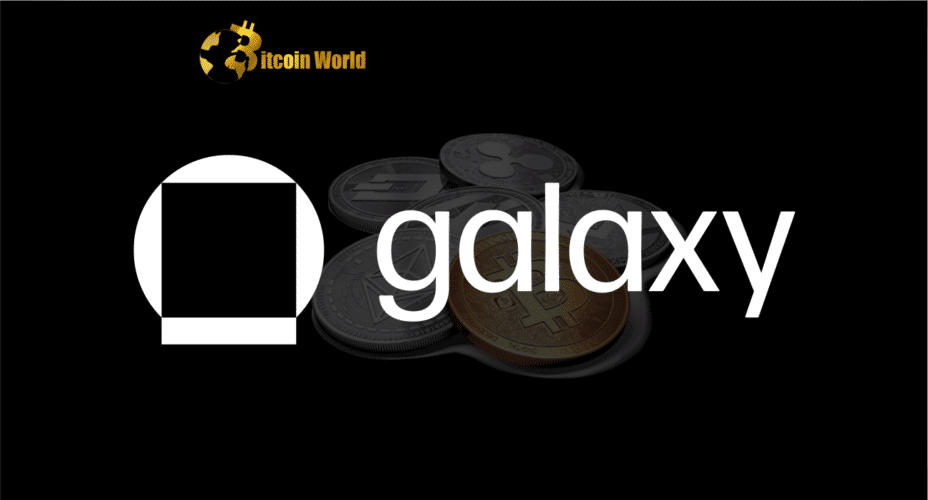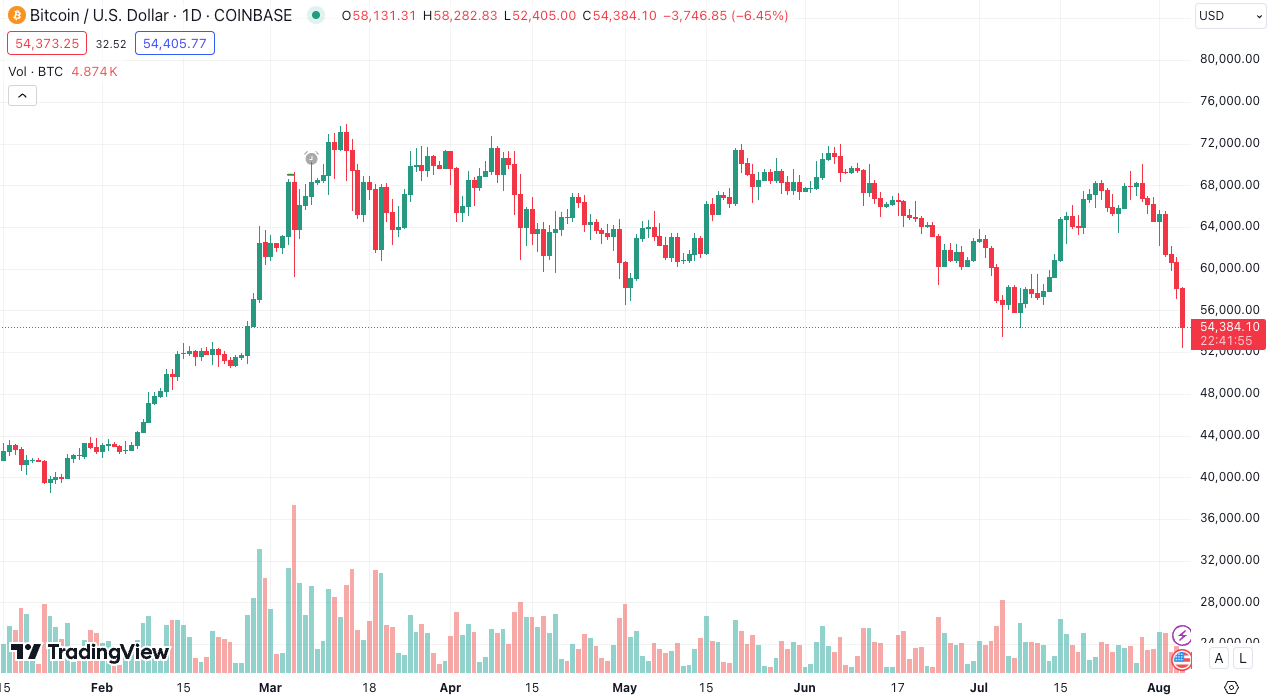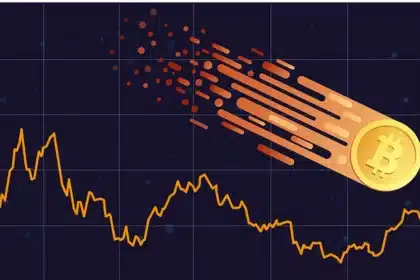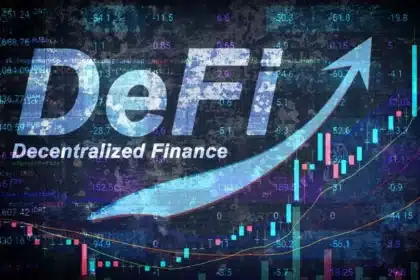A recent Galaxy Research report has raised concerns about the long-term sustainability of Bitcoin layer-2 rollups. Despite their popularity as a method to keep Bitcoin payments affordable, fast, and decentralized, the report suggests that these rollups face significant challenges. Analyst Gabe Parker highlighted the cost of posting data to the base layer as a fundamental hurdle.

Challenges Facing Bitcoin Rollups
Bitcoin rollups function by taking a large number of transactions, compressing them into a single batch, and then posting a summary of this batch back to the main blockchain. This method helps keep transactions cheap and efficient. However, Bitcoin rollups utilize the blockchain as a “data availability layer,” which means they need to post sufficient data to allow any ordinary Bitcoin node to reconstruct the most recent state of the rollup network.
The problem arises because Bitcoin blocks have a storage capacity limit of 4 megabytes (MB). Each data posting transaction can consume up to 400 kilobytes (0.4MB) of block space, effectively occupying 10% of an entire block. With multiple rollups expected to post their data every six to eight blocks, base-layer fees could rise significantly, potentially pricing out smaller transactions. This highlights the critical Bitcoin sustainability issues these rollups must address.

Survival of the Fittest
For Bitcoin rollups to thrive, they must generate substantial revenue from transaction fees on their networks. This revenue needs to come from many users willing to pay for transactions on the layer-2 networks. In a low-fee environment, where ordinary transactions cost ten sat/VB (satoshis per vByte), rollups would incur monthly expenses of $460,000 to maintain Bitcoin’s security. In high-fee environments of 50 sat/VB, monthly costs could soar to $2.3 million.
Galaxy Research emphasizes that the survival of Bitcoin rollups hinges on their ability to outdo one another in generating fee revenue. This competitive environment will determine their priority in the blocks, underscoring the pressing Bitcoin sustainability issues at play.

Alternative Solutions and Expert Opinions
Alexei Zamyatin, co-founder of “Build on Bitcoin” (BOB), a hybrid rollup intended to connect Ethereum and Bitcoin, believes Bitcoin rollups can be as cost-effective as Ethereum rollups. However, he argues against using Bitcoin’s main chain for data availability. Instead, Zamyatin recommends using Celestia or a merge-mined Bitcoin sidechain, which, while cheaper, sacrifices some of Bitcoin’s complete decentralization and security.
Zamyatin responded to the Galaxy report on Twitter, stating, “No one will use Bitcoin L2s if they are 100x more expensive than Ethereum L2s, just because ‘it is on Bitcoin.’ Good news: They won’t be more expensive.” His comments reflect the ongoing debate within the crypto community about finding sustainable solutions for Bitcoin rollups and addressing the Bitcoin sustainability issues they face.
Impact on the Crypto Market
The concerns about Bitcoin sustainability issues are not just theoretical. They have real implications for the broader crypto market. A sudden crypto market nosedive recently wiped out over $600 million in leveraged long positions as Bitcoin, Ether, and other cryptocurrencies tumbled sharply. The price of Bitcoin crashed to as low as $52,500 on Aug. 5, a 10% drop from $58,350 in less than two hours. Bitcoin has since regained some ground, trading at $54,384 at the time of publication.

The sharp downward move saw over $740 million in leveraged positions wiped out across the crypto market in the last 24 hours, with $644 million in leveraged longs being liquidated. This underscores the volatility and the high stakes involved in the crypto market, further highlighting the urgency of addressing Bitcoin sustainability issues.
The Final Thought
The Galaxy Research report brings to light significant Bitcoin sustainability issues concerning layer-2 rollups. These rollups, while promising in keeping Bitcoin payments cheap and efficient, face substantial challenges related to data posting costs and revenue generation from transaction fees. The competitive environment among rollups and the need for innovative solutions are critical for their long-term viability.
Experts like Alexei Zamyatin suggest alternative methods to maintain cost-effectiveness without compromising Bitcoin’s decentralization and security. As the crypto market continues to evolve, addressing these Bitcoin sustainability issues will be crucial for the future of layer-2 rollups and the broader Bitcoin ecosystem. Stay tuned for more updates on this evolving story on The Bit Journal





























